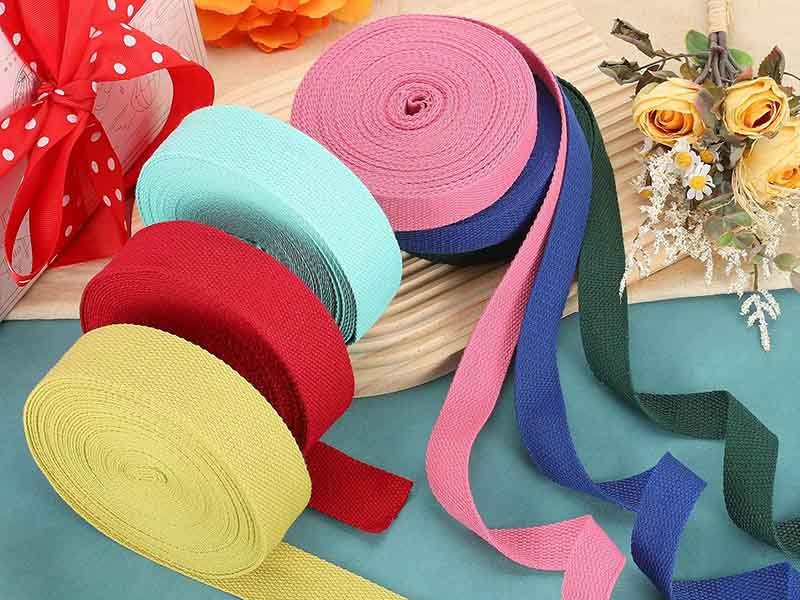
From Inquiry to Delivery
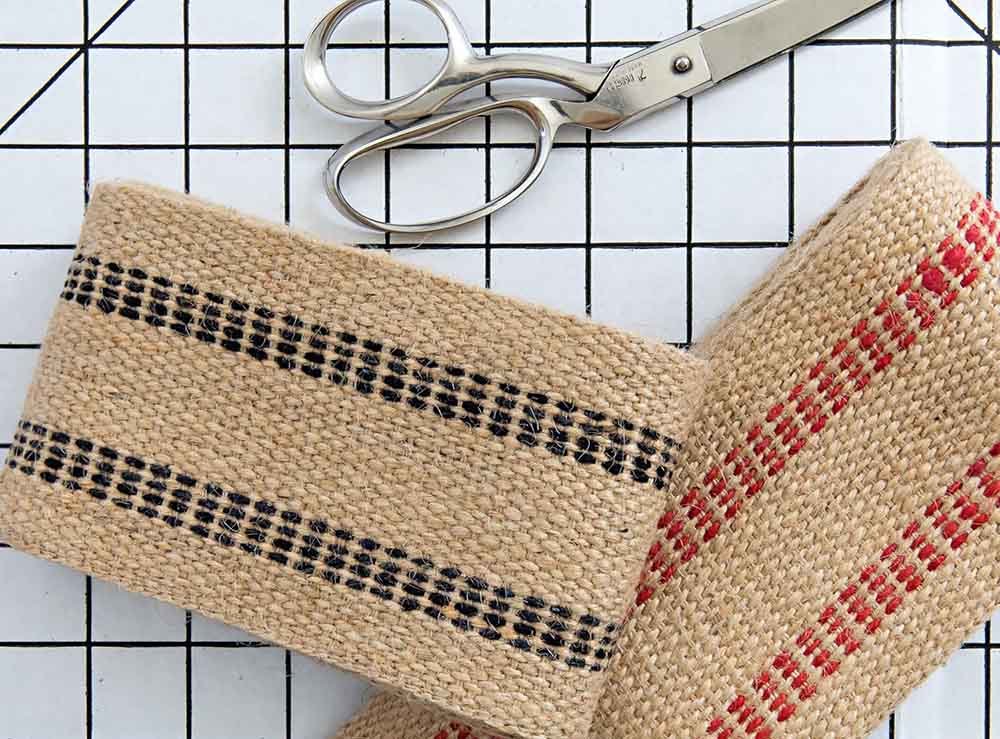
If you’ve ever sat on a chair that sinks too much, a sofa that sags after a few months, or a seat that simply feels unstable — you’ve probably experienced the effects of poor-quality upholstery webbing. While cushions, springs, and fabrics get most of the attention, the hidden webbing inside your furniture is the true unsung hero that defines its comfort, longevity, and performance.
Upholstery webbing refers to strong woven straps used inside furniture frames to provide support, distribute weight, and prevent sagging. The main types include jute, rubber, elastic, nylon, polyester, polypropylene, and cotton webbing. Each material offers different levels of strength, stretch, moisture resistance, and durability. Choosing the right upholstery webbing ensures long-lasting comfort and structural integrity for sofas, chairs, beds, and outdoor furniture.
So let’s peel back the surface and explore what really holds your furniture together — and how to select the best upholstery webbing for your products.
Upholstery webbing is a durable woven material installed beneath cushions to support weight, maintain furniture shape, and extend product life. Acting as the core foundation, it works with springs and foam to absorb stress, distribute pressure, and prevent sagging over time. Without quality webbing, furniture quickly loses comfort, stability, and structural integrity.
Every time someone sits, shifts, or lounges on a piece of furniture, the webbing underneath flexes to absorb the force. This simple woven material performs multiple vital roles:
Poor-quality webbing often leads to premature furniture collapse, customer complaints, warranty returns, and damaged brand reputation. That’s why understanding webbing types is essential for any furniture manufacturer or procurement specialist.
Upholstery webbing is commonly made from jute, rubber, elastic, nylon, polyester, polypropylene, and cotton. Jute offers firm support for traditional furniture; rubber and elastic provide stretch and comfort; synthetics like nylon, polyester, and polypropylene offer excellent durability, moisture resistance, and long-term strength. Cotton is sometimes used for decorative furniture. Each material serves different furniture applications depending on performance, cost, elasticity, and environmental resistance.
The choice of webbing material is one of the most critical decisions for any furniture manufacturer. Each type of material provides a unique set of properties that impact the overall comfort, strength, lifespan, and cost of the furniture.
Let’s go into each one:
Summary:
Jute is widely used in traditional upholstery where firmness and aesthetics matter more than moisture or UV resistance. Ideal for indoor-only furniture.
Summary:
Often used in luxury seating applications where comfort and long-term elasticity are top priorities.
Summary:
Suitable for entry-level or mass-market furniture that requires some flexibility at a low cost.
Summary:
Perfect for hotel lobbies, airport seating, and public areas where furniture faces constant use.
Summary:
The most balanced option for outdoor and heavy-duty indoor furniture. Very popular for OEM furniture brands globally.
Summary:
Best for lower-cost outdoor or short-term seating solutions.
Summary:
Limited to indoor, light-use decorative furniture. Rarely used for structural support.
| Material | Strength | Elasticity | Moisture Resistance | UV Resistance | Cost | Lifespan |
|---|---|---|---|---|---|---|
| Jute | Medium | Low | Poor | Poor | $0.20–$0.40 | 5–8 yrs |
| Rubber | High | Very High | Good | Moderate | $0.50–$0.90 | 10–15 yrs |
| Elastic | Medium | High | Moderate | Poor | $0.20–$0.50 | 5–7 yrs |
| Nylon | Very High | Low | Excellent | Moderate* | $0.40–$0.80 | 15–20 yrs |
| Polyester | High | Low | Excellent | Excellent | $0.30–$0.70 | 15–20 yrs |
| Polypropylene | Medium | Low | Excellent | Good | $0.20–$0.40 | 10–15 yrs |
| Cotton | Low | Low | Poor | Poor | $0.20–$0.50 | 5–8 yrs |
Each webbing type serves distinct market segments. Whether you’re manufacturing luxury hotel seating or budget dining chairs, matching material properties to your product’s needs is essential.
Upholstery webbing types differ in strength, elasticity, moisture tolerance, and lifespan. Jute offers firm support but lacks moisture resistance. Rubber excels at elasticity but is pricier. Elastic webbing is budget-friendly but loses tension over time. Nylon and polyester outperform others in strength, water resistance, and long-term durability, making them ideal for commercial or outdoor use.
| Material | Tensile Strength (kgf) | Elasticity (%) |
|---|---|---|
| Jute | 100-150 | 0-2% |
| Rubber | 120-150 | 15-20% |
| Elastic | 80-100 | 10-15% |
| Nylon | 250-300 | 3-5% |
| Polyester | 220-280 | 3-4% |
| Polypropylene | 150-200 | 2-4% |
| Cotton | 80-100 | 1-2% |
| Material | Typical Lifespan (Years) | Outdoor Suitability |
|---|---|---|
| Jute | 5-8 | ❌ |
| Rubber | 10-15 | ⚠ (Moderate) |
| Elastic | 5-7 | ❌ |
| Nylon | 15-20 | ✅ (if UV treated) |
| Polyester | 15-20 | ✅✅ |
| Polypropylene | 10-15 | ✅ |
| Cotton | 5-8 | ❌ |
| Material | Price Range |
|---|---|
| Jute | $0.20-$0.40 |
| Rubber | $0.50-$0.90 |
| Elastic | $0.20-$0.50 |
| Nylon | $0.40-$0.80 |
| Polyester | $0.30-$0.70 |
| Polypropylene | $0.20-$0.40 |
| Cotton | $0.20-$0.50 |
Featured Snippet (80 words):
Yes, outdoor and heavy-use furniture require webbing materials with UV stability, moisture resistance, and higher tensile strength. Polyester and polypropylene webbing excel for outdoor conditions due to their superior weather resistance. Rubber webbing offers elastic comfort for high-end outdoor loungers. Nylon webbing handles high loads in commercial seating but requires UV stabilization.
| Webbing Type | Outdoor Performance | Heavy-Use Commercial Performance |
|---|---|---|
| Polyester | Excellent | Excellent |
| Nylon | Very Good (with UV stabilization) | Excellent |
| Polypropylene | Good | Moderate |
| Jute/Cotton | Poor | Poor |
| Rubber | Good | Moderate |
Upholstery webbing is produced through various weave patterns such as plain, herringbone, or basket weave, depending on desired elasticity and strength. Quality tests include tensile strength, stretch recovery, abrasion, UV stability, and flammability using standards like ISO 13934, ASTM D5034, and BS 5852 to ensure safety and long-term durability.
| Test | Standard | Purpose |
|---|---|---|
| Tensile Strength | ISO 13934 | Verify load capacity |
| Stretch Recovery | ASTM D5034 | Measure elasticity durability |
| Abrasion | ISO 12947 | Test wear resistance |
| UV Stability | ASTM G154 | Simulate long-term sun exposure |
| Flammability | BS 5852 | Meet furniture fire safety codes |
With full in-house testing, Szoneier ensures every batch of webbing meets global standards for safety and durability.
Yes. Width affects load capacity; wider webbing distributes weight more evenly. Weave patterns impact elasticity and support. Colors generally serve aesthetic purposes but UV-stabilized pigments enhance outdoor performance. Some red and black webbing may indicate different strength ratings or material blends based on supplier specifications.
| Width (mm) | Load Capacity (kg) |
|---|---|
| 25mm | ~50kg |
| 50mm | ~120kg |
| 75mm | ~200kg |
This is a common question among buyers:
Always check technical specifications rather than assuming performance based on color alone.
The ideal webbing supplier offers full material expertise, customization, in-house testing, low MOQs, and quick sampling. OEM/ODM factories like Szoneier provide design support, private label services, and global compliance to help brands create high-quality, durable furniture efficiently.
| Factor | Why It Matters |
|---|---|
| Full Material Range | Tailored to your product needs |
| In-House Lab Testing | Assures consistent quality |
| Low MOQs | Supports small and large brands |
| Rapid Sampling | Shortens development time |
| OEM/ODM Capability | Simplifies private label production |
| Global Compliance | Ensures international safety standards |
Choosing the right upholstery webbing isn’t just about buying material — it’s about building comfort, durability, safety, and customer satisfaction into every chair, sofa, or lounge you sell.
Whether you’re producing residential, commercial, or outdoor furniture, Szoneier has the expertise, equipment, and flexibility to deliver high-performance custom webbing that matches your exact needs — on time and within budget.
✅ Free consultation
✅ Free design & samples
✅ Low MOQ flexibility
✅ Rapid production lead times
✅ Full OEM/ODM services
Contact Szoneier today to get expert advice, free samples, and competitive factory pricing on your next upholstery webbing project!


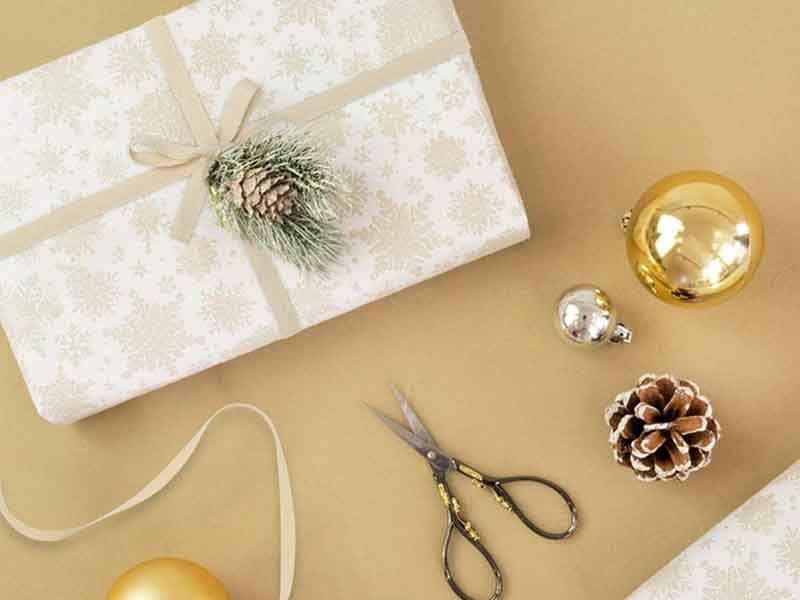
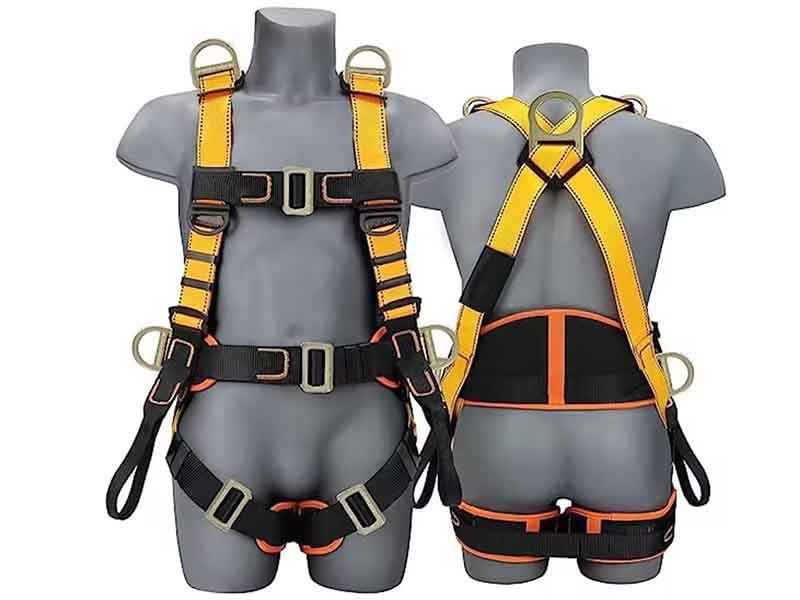
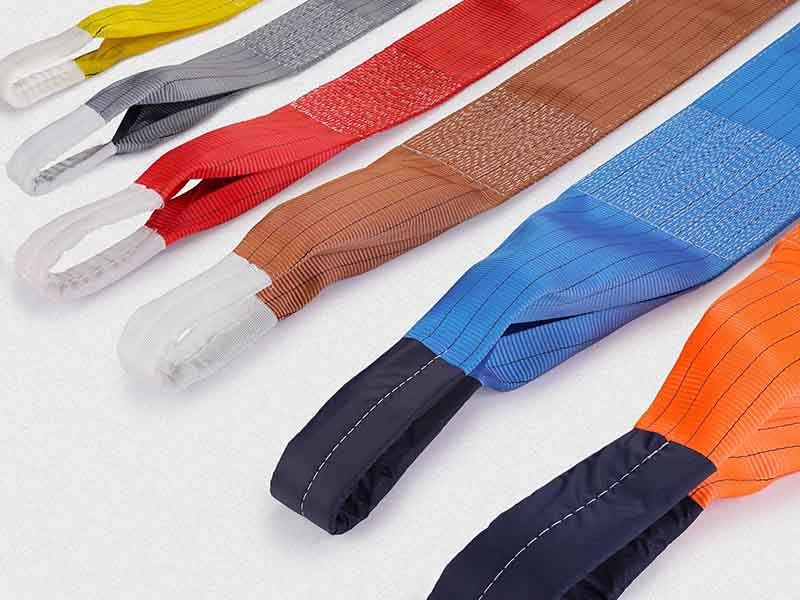
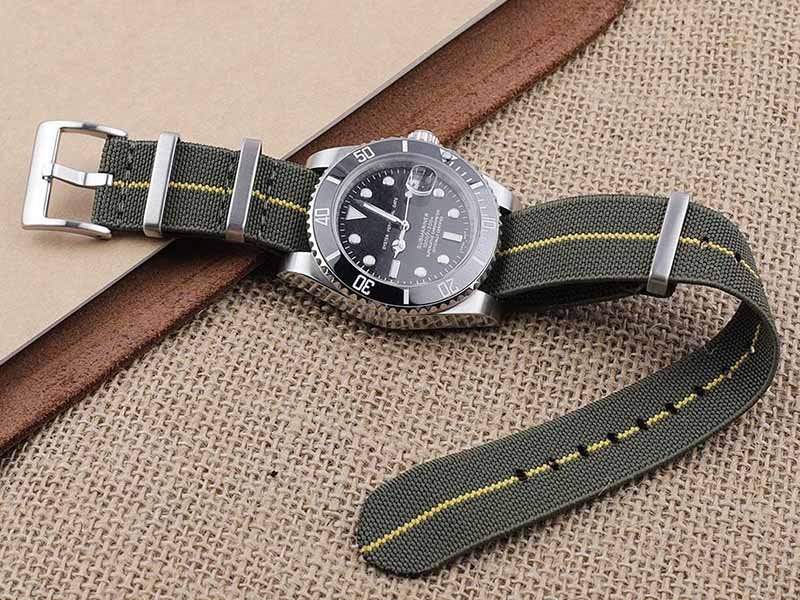
No worries, please contact us and we will answer all the questions you have during the whole process of webbing customization.
If you have your own artwork, logo design files, or just an idea,please provide details about your project requirements, including preferred fabric, color, and customization options,we’re excited to assist you in bringing your bespoke bag designs to life through our sample production process.
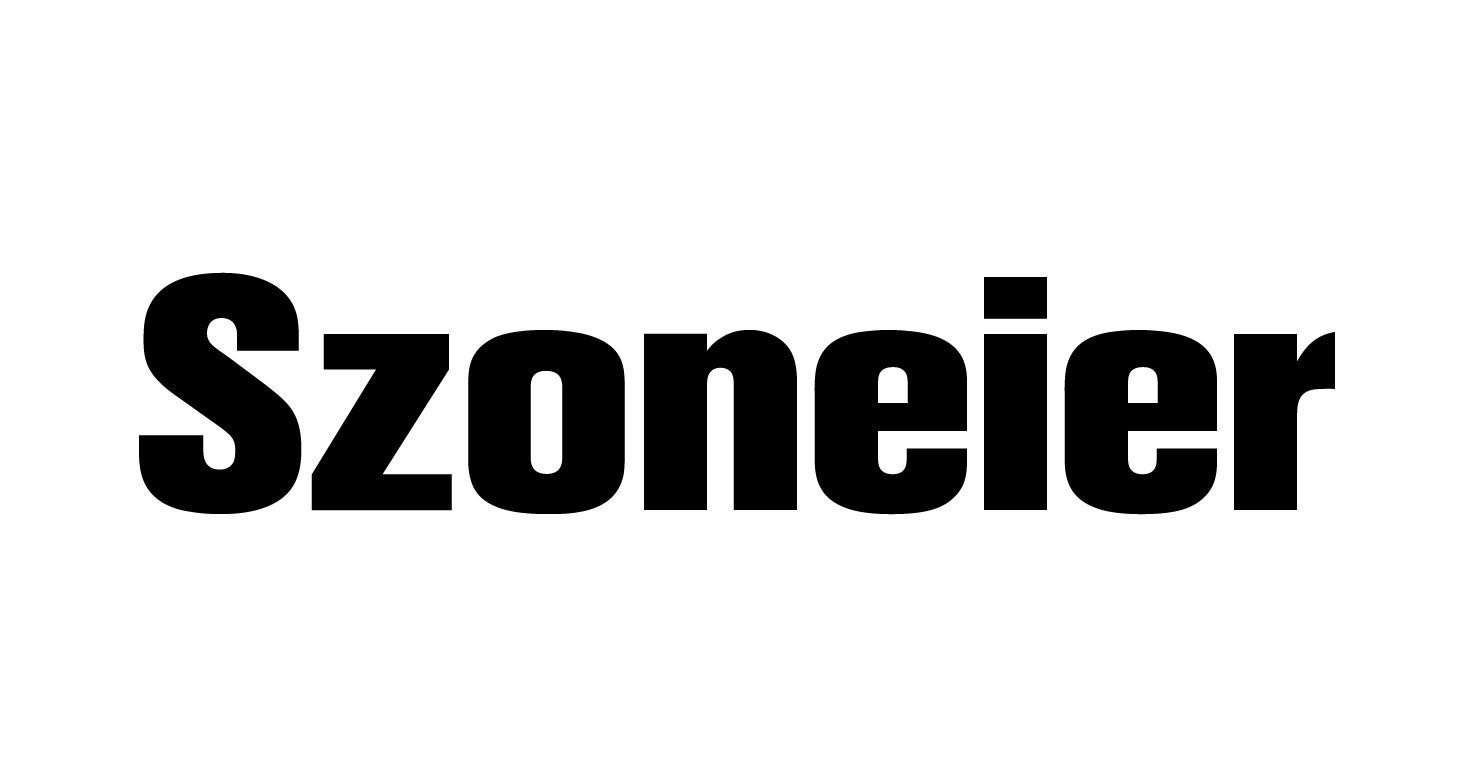
Copyright ©2021 Szoneier , All rights reserved.
Looking for premium custom webbing? Contact us now for competitive pricing, free samples, and expert consultation. Fill out the form below, and our team will get back to you within 24 hours!